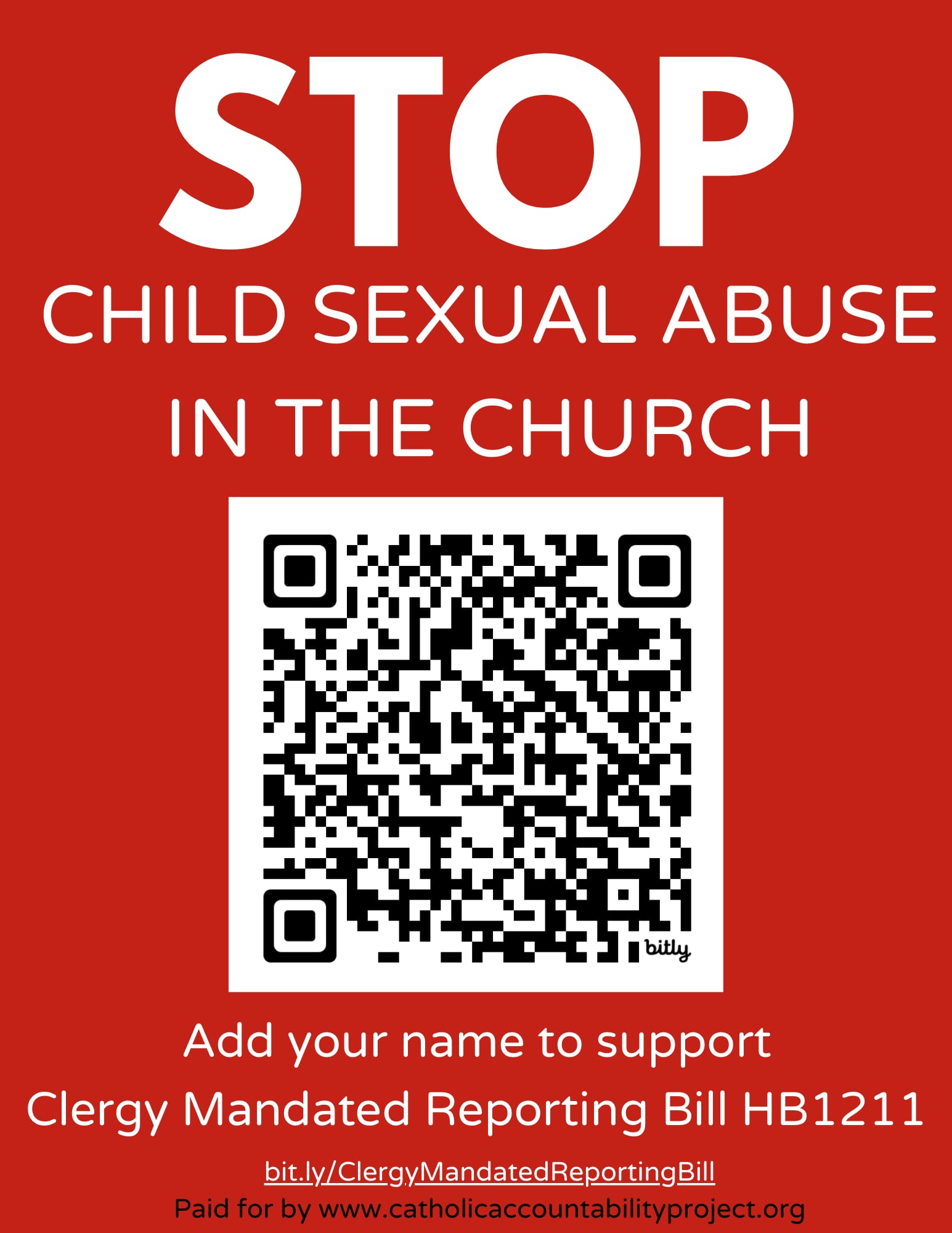What to know about super blue blood moon
Some cultures worship moon dieties, believe in spiritual powers
DREW MISEMER | THE DAILY EVERGREEN
Many celebrate the supermoon, which is thought by some to have prophetic powers.
January 30, 2018
Happy super blue blood moon! It’s a mouthful, but a pretty rare one, so enjoy it while you can. According to NASA’s website, the super blood blue moon is a once-in-150-years event we are lucky enough to witness.
The eerie name seems to add a bit of mystery to the Jan. 31 event, but tonight’s moon will be neither blue nor bloody. It also won’t have superpowers — at least not in our culture.
According to NASA’s website, the word supermoon refers to the occurrence of a full moon on the same night the moon is at its closest point in orbit to the earth, also known as perigee. The moon appears almost 20 percent larger than normal, emitting about 14 percent more light. Because there was already a full moon on the first of this month, the second is called a blue moon.
Finally, in the state of Washington, the sun will cross directly in the path of both the earth and the moon, causing a lunar eclipse. As the sun’s light hits the earth and bends around, it casts a reddish-orange shadow that lights up the moon, hence the blood moon name.
Unfortunately, by the time you’re reading this, the visibility of the eclipse will likely already pass through. Pullman lies in the U3-U4 quadrant of the lunar eclipse visibility chart on NASA’s website, meaning prime viewing time for the eclipse will be between 6 a.m. and 7 a.m.
If you missed the lunar eclipse, don’t worry — the moon is still a super blue moon, which is a rare and special event.
While conspiracy theorists take this as a sign of the end of the world (I fell down a rabbit hole and ended up watching a YouTube video titled, “Don’t go outside on Jan. 31”), there is a more spiritual aspect to this event, celebrated across many cultures. As with almost all massive natural entities, like the sun, planets and constellations, people have always attached meaning to the moon.
Most Westerners know about the Greek and Roman myths of Artemis and Diana, respectively. As goddess of the moon and the hunt, Artemis was also the twin sister of Apollo, or the god of the sun. She was known for her virginity and connection with nature, which generally came to represent the moon’s nature. People thought of the moon as the more controlled twin of the sun, the developer of vegetation and thus nutrition.
According to the Scientific American website, in the Roman Empire, harvest rituals were said to be luckier if held during a full moon, but people were discouraged from drinking because the moon was said to cause strange behaviors.
This is a myth. Scientists have yet to prove the link between a full moon and increased aggression or spike in emergency room visits, according to the Scientific American. Still, these events tend to increase during a full moon, and since scientists can’t prove non-existence, these myths persist.
In ancient times the full moon, especially if it was a supermoon or blood moon, had to mean something. People believed there was some deity behind it, pulling the strings and doling out punishments and rewards. I mean, the word “lunatic” is derived from the Latin root luna, meaning moon.
It wasn’t just Greek and Roman culture. In the Rigveda, one of the four canonical texts of the Hindu Vedas, the gods of the moon were Soma and Chandra. Hindu deities have many functions in their stories, which also tend to change because Hinduism generally teaches of multiple forms of the same thing.
It’s complicated, but bear with me — Soma and Chandra are the moon deities. For them, the moon was the same kind of symbol as for the Greeks: vegetation, fruitful harvest, the drink of the gods. Some also believed in the “cursed” nature of the moon — the waxing and waning was considered a life cycle of sorts, ever since Soma was cursed with constant life and death. The moon came to represent a sort of resurrection and rebirth.
OK, so all of that is interesting, but what about the spooky astrology of the moon? What does it mean that we have a super blue blood moon all in one morning? Is Paul Begley of YouTube’s “Prophecy Alert” correct in saying we are witnessing the apocalypse, which somehow involves Israel and America? Or does the moon represent something more supernatural, like a shift in moon signs or a sign of good fortune to come?
Now we’re talking about Pagan and Wiccan religions, which sprouted up around the time of medieval Europe. They took off with the associations we now attribute to the moon — werewolves, vampires, ghosts, etc.
Because of my Irish heritage — and roots in Celtic history — my knowledge of this form of worship is substantial. Astrology was a huge part of Celtic life and the way they considered the world.
According to ThoughtCo’s Pagan/Wiccan page, most rituals and spells are to be performed under the gaze a full moon, because it broadens the powers of the witch performing them. Moon phases are thought to have an effect on tarot readings as well, because the moon amplifies our intuition and connection to the natural world. Tarot readings on personal growth, spirituality and mental health-related issues are supposed to prove more accurate during a full moon than in any other phase.
With all of this information, many die-hard astrology fans believe the super blue blood moon is an omen of change, usually a good change. While gazing up at our closest neighbor in the universe, bask in its silvery glow and self-reflect. Open yourself up to the universe and all its mysteries.
Or just take a cool a picture, post it to Snapchat and call it a night. Whatever works for you.











